 Garden Shop
Garden Shop The Garden House in Buckland Monachorum is claimed by Rachel de Thame to be "perhaps the most breath-taking of all gardens" - the eight acre garden is certainly one I take a pilgrimage to whenever I'm in Devon.
There is also a wonderful garden shop that sells many of the plants showcased in the garden for very reasonable prices. I find it impossible to pass through without purchasing something. This year, even though I have no garden to plant anything, I couldn't resist an unusual variegated Daphne and the Magnolia Felix Jury which was just coming into bloom just inside the gates. I generously donated them to my daughter, in the hopes that if I ever retire to the UK they will still be alive and small enough to transplant!
Fortescues, The Garden House was originally the home of the vicars of Buckland Monachorum and the current house dates from the early 19th century. The remains of the original 17th century vicarage, a tower with a spiral staircase and a thatched barn that served as the kitchen are now romantic ruins in the walled garden. The church built a modern vicarage in the 1920s and sold the property as a private dwelling which was bought just after the Second World War by retiring master of Eton, Lionel Fortescue and his wife Katharine. They renamed and renovated it and over the next 40 years developed the gardens into one of the finest in England. They established the Fortescue Garden Trust to ensure their legacy would live on after they died and appointed Keith Wiley as head gardener to continue their work. The Fortescues died in the 1980s and the ownership passed to the Trust, their head gardener was there for 25 years from 1978-2003 when he left to create his own nursery, Wildside Plants just a mile away.
Keith Wiley not only embraced the Fortescue's vision, he took the garden to the next stage and transformed it into one of the most innovative gardens in England. I first stumbled across the garden one rainy day in 2000 when it was still under Wiley’s management. The weather was so miserable my husband stayed in the car and I went round with three grudging children who ended up exploring enthusiastically in the drizzle. Years later after we’d moved to the USA I read that Keith Wiley was presenting at Swathmore’s 2008 Perennial Plant conference and listened to his lecture about the ‘new naturalism’ style of gardening he’d developed. His gardening style works in harmony with nature and allowing plants to thrive as they would in the wild and taking inspiration from the wildflower meadows of South Africa, Crete and other natural landscapes he’s visited around the world. At the Garden House he concocted a series of connected natural landscapes with outstanding breath, complexity and richness - even though it is a north-facing garden with very little sun in the winter.
Matt Bishop took over from Wiley, and continued the world-class plantings with a particular emphasis on the snowdrops and bulbs that are his particular expertise. He left in fall of 2012 to set up his own business 'Matt Bishop Snowdrops' and Nick Haworth took. Hopefully Haworth will continue the tradition of combining both traditional and modern planting styles that are skilfully innovative and that provide interest throughout the year in a unique and interesting way and the garden will continue to be at the cutting edge of horticultural excellence and innovation. Both Wiley and Bishop designed planting schemes that are based on a natural, loose weaving of plants, but an even greater strength of the garden is the richness of design features, and the fabulous natural and man-made vistas that open up as you walk around. Some of these vistas were originally created by the Fortescues who moved land and created interest in an otherwise flat landscape, but their original vision has been developed and enhanced over 70 years by the two great gardeners that have taken their place at the helm.
The Garden House remains a fabulous example of the British passion for plants executed with artistic and horticultural skill. I was as enchanted today as I was 14 years ago - a truly great garden with an incredible combination of soft plants, strong structures, secret spaces and open views.
There is also a wonderful garden shop that sells many of the plants showcased in the garden for very reasonable prices. I find it impossible to pass through without purchasing something. This year, even though I have no garden to plant anything, I couldn't resist an unusual variegated Daphne and the Magnolia Felix Jury which was just coming into bloom just inside the gates. I generously donated them to my daughter, in the hopes that if I ever retire to the UK they will still be alive and small enough to transplant!
Fortescues, The Garden House was originally the home of the vicars of Buckland Monachorum and the current house dates from the early 19th century. The remains of the original 17th century vicarage, a tower with a spiral staircase and a thatched barn that served as the kitchen are now romantic ruins in the walled garden. The church built a modern vicarage in the 1920s and sold the property as a private dwelling which was bought just after the Second World War by retiring master of Eton, Lionel Fortescue and his wife Katharine. They renamed and renovated it and over the next 40 years developed the gardens into one of the finest in England. They established the Fortescue Garden Trust to ensure their legacy would live on after they died and appointed Keith Wiley as head gardener to continue their work. The Fortescues died in the 1980s and the ownership passed to the Trust, their head gardener was there for 25 years from 1978-2003 when he left to create his own nursery, Wildside Plants just a mile away.
Keith Wiley not only embraced the Fortescue's vision, he took the garden to the next stage and transformed it into one of the most innovative gardens in England. I first stumbled across the garden one rainy day in 2000 when it was still under Wiley’s management. The weather was so miserable my husband stayed in the car and I went round with three grudging children who ended up exploring enthusiastically in the drizzle. Years later after we’d moved to the USA I read that Keith Wiley was presenting at Swathmore’s 2008 Perennial Plant conference and listened to his lecture about the ‘new naturalism’ style of gardening he’d developed. His gardening style works in harmony with nature and allowing plants to thrive as they would in the wild and taking inspiration from the wildflower meadows of South Africa, Crete and other natural landscapes he’s visited around the world. At the Garden House he concocted a series of connected natural landscapes with outstanding breath, complexity and richness - even though it is a north-facing garden with very little sun in the winter.
Matt Bishop took over from Wiley, and continued the world-class plantings with a particular emphasis on the snowdrops and bulbs that are his particular expertise. He left in fall of 2012 to set up his own business 'Matt Bishop Snowdrops' and Nick Haworth took. Hopefully Haworth will continue the tradition of combining both traditional and modern planting styles that are skilfully innovative and that provide interest throughout the year in a unique and interesting way and the garden will continue to be at the cutting edge of horticultural excellence and innovation. Both Wiley and Bishop designed planting schemes that are based on a natural, loose weaving of plants, but an even greater strength of the garden is the richness of design features, and the fabulous natural and man-made vistas that open up as you walk around. Some of these vistas were originally created by the Fortescues who moved land and created interest in an otherwise flat landscape, but their original vision has been developed and enhanced over 70 years by the two great gardeners that have taken their place at the helm.
The Garden House remains a fabulous example of the British passion for plants executed with artistic and horticultural skill. I was as enchanted today as I was 14 years ago - a truly great garden with an incredible combination of soft plants, strong structures, secret spaces and open views.
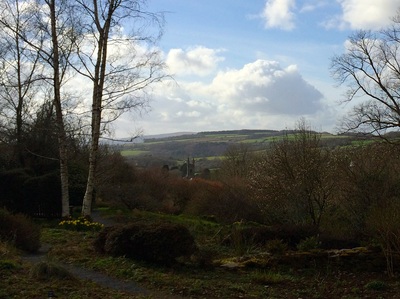
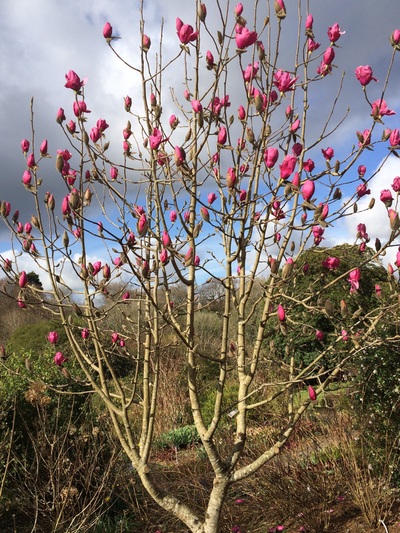




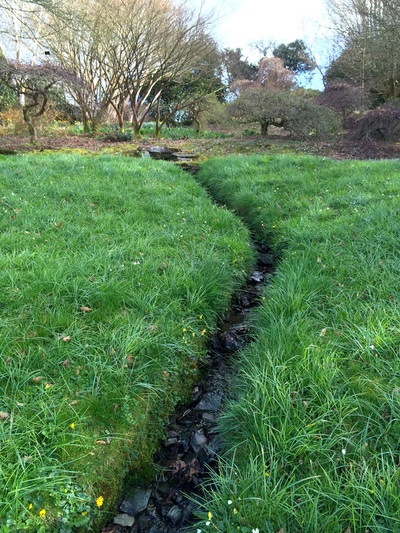

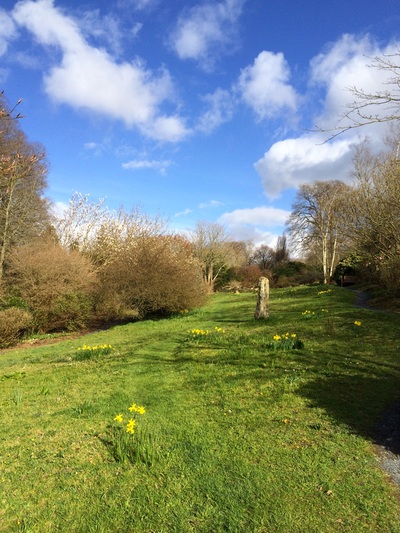
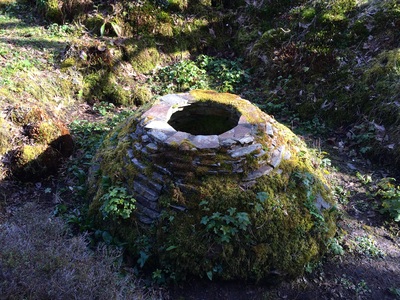
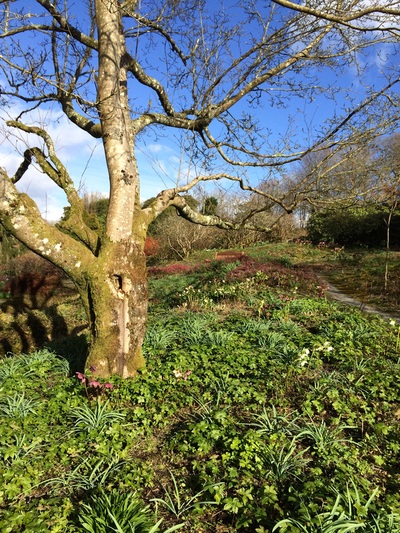

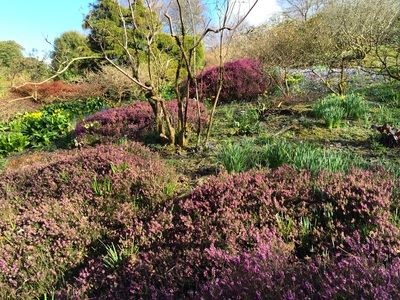
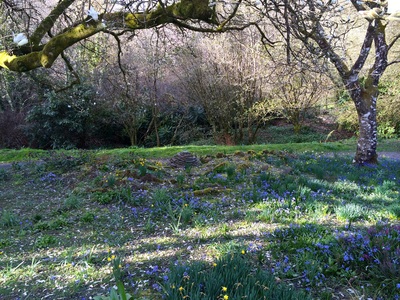


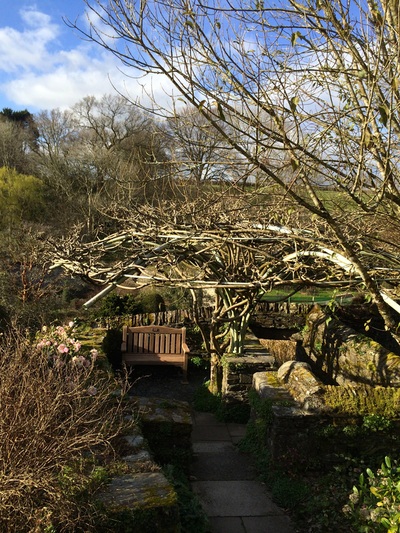

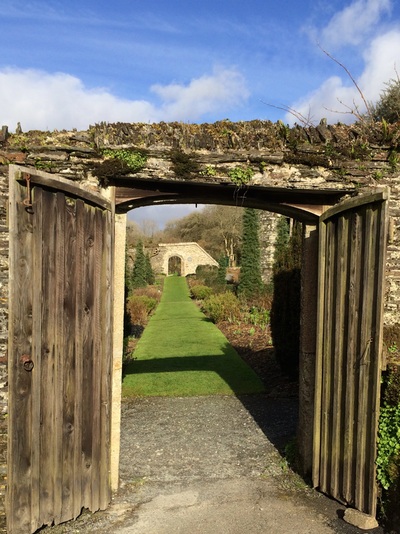
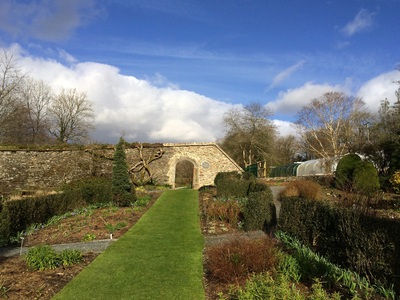




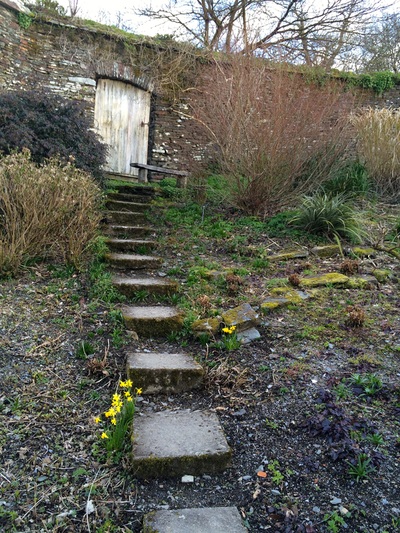
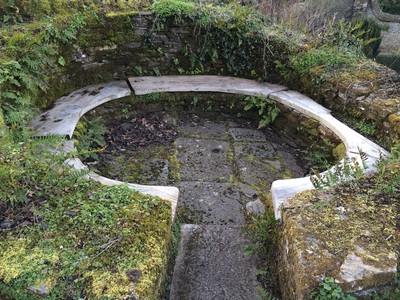

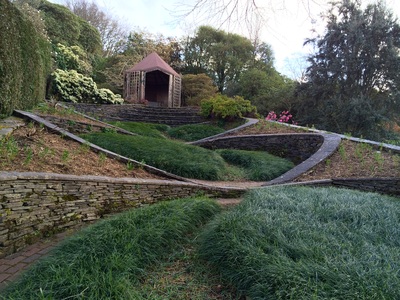
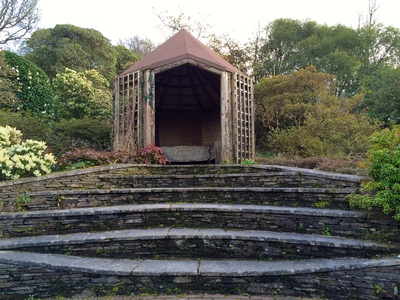

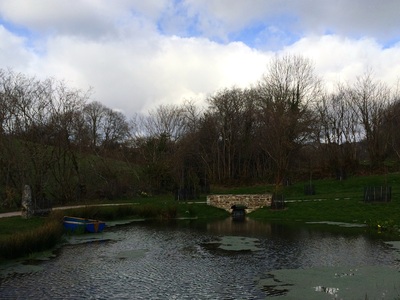

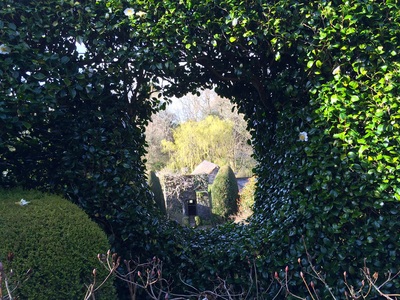



 RSS Feed
RSS Feed
